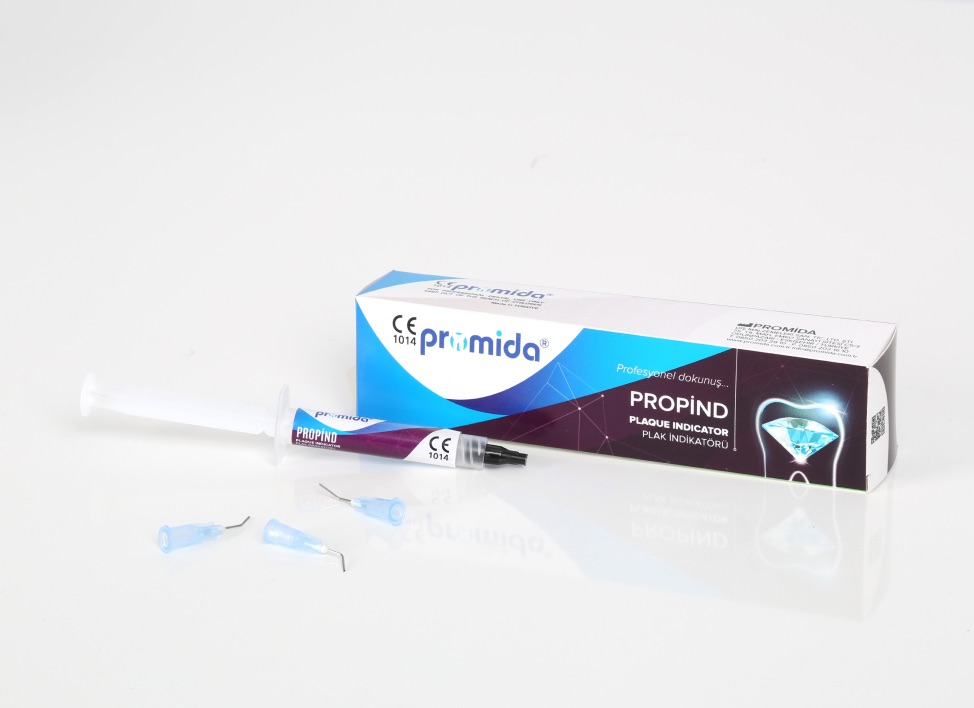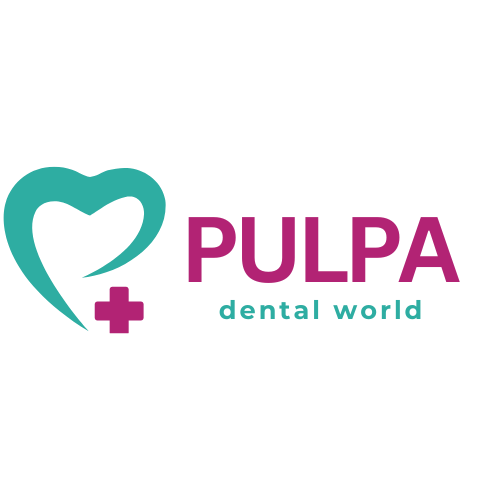Regular dental hygiene: The key to healthy teeth and gums
Professional dental cleaning, or dental hygiene is one of the most important practices for maintaining a healthy mouth and teeth. This service, provided by dentists and dental hygienists, is a cornerstone in preventing dental problems and maintaining a bright and healthy smile. Above all, it helps to prevent tooth decay and gingivitis. Most often, gingivitis occurs due to insufficient dental hygiene. Initially, it manifests itself as inconspicuous swelling, sensitivity and occasional bleeding of the gums, then bad breath appears and dark pigment spots appear on the teeth. If plaque and tartar are not professionally removed, it can eventually lead to bone inflammation and the development of periodontitis, or tooth loss. These diseases are caused by the dental microbial coating, which can only be removed mechanically, with dental hygiene aids.
Frequency of professional dental cleaning
It is recommended that a professional dental cleaning is performed every 6 months. This frequency makes it possible to remove hard tartar and plaque that can accumulate even with the most thorough home dental hygiene.
Professional teeth cleaning is usually divided into several steps:
Professional dental hygiene is a complex process that includes a range of procedures to ensure the health and cleanliness of your mouth. Here are the basic steps followed in professional dental hygiene:
1. Examination: A dentist or dental hygienist will check the condition of your teeth and gums to identify potential problems (localization of the presence of plaque and tartar on the teeth, gingivitis, periodontitis, or other problems).
Our tip: PROPIND – GEL PLAQUE INDICATOR

It is used to detect bacterial plaque on the teeth and allows its removal during brushing.
2. Tartar removal:
Removal of soft plaque and calculus manually, by sandblasting or ultrasound, even from hard-to-reach places.
Our tip: PROAIR F – AIRFLOW POWDER CLASSIC

Prophylactic powder composed of specially prepared sodium bicarbonate for supragingival plaque and pigmentation removal. It is highly effective for polishing teeth. Can also be used on dentures, fixed braces and milk teeth.
3. Cleaning and polishing: After tartar removal, the teeth are cleaned and polished with special tools and techniques to remove surface stains and plaque. Teeth polishing with a brush and special paste. Enamel treatment with a remineralization or fluoride preparation. Gum treatment using disinfectants.
Our tip: PRODIAMOND – DIAMOND POLISHING PASTE

Diamond polishing paste for the final polishing of teeth. It is characterized by the highest quality aesthetics in direct and indirect reconstructions. Provides a very high gloss of enamel, ceramics, composites, amalgam and metal surfaces.
Our tip: PROPHY P – POLISHING PROFYLACTIC PASTE

It is used for polishing and cleaning teeth. It does not cause scratches and wear of the enamel during use.
4. Application of fluoride (optional): At the end, a fluoride preparation can be applied, which strengthens tooth enamel and protects teeth from decay.
5. Advice and recommendations: After performing professional dental hygiene, the dentist can give you advice and recommendations to improve your home dental hygiene. These can be tips on how to properly use a toothbrush and floss, as well as recommendations on nutrition and habits that affect oral health.
Conclusion
Professional dental cleaning is an essential part of maintaining a healthy mouth and teeth. Regular visits to the dentist or dental hygienist and following home dental hygiene recommendations are key to maintaining a bright and healthy smile for life. Do not neglect your teeth and gums – an investment in dental hygiene is an investment in your overall health!








